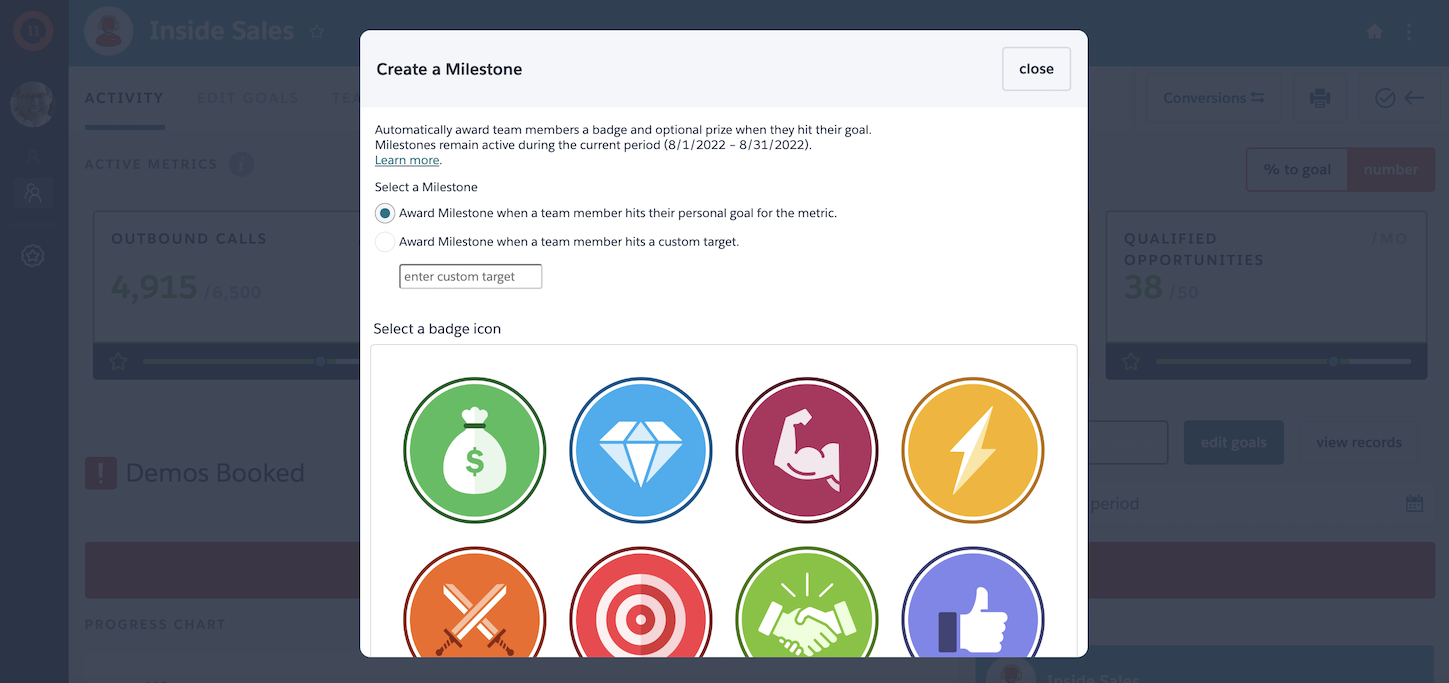Welcome back as we continue our conversation around gamification. In the previous blog, you were introduced to the bare bones of the concept and some of the psychology behind it. You learned that when implemented the right way, gamification has the power to reinforce behaviors to help employees reach their full potential.
In this next part of the blog series, we’re going to hone in on that concept of full potential. We’ll use video games as a home base for analogies, so in the case of discussing full potential, think of how video games possess an overarching mission and story to guide you to the end.
But what makes folks stick around to the end? That’s the beauty of gaming mechanics. By design, gamification keeps players engaged using a variety of concepts like side missions, which is why so many view it as the future of sales.
Let’s talk about it.
The Main Mission
A main mission is quite possibly the biggest component to any video game — like rescuing Princess Peach in any one of the Mario installments. The game guides you to that point. It tells you what you have to do to accomplish your goal, but in a way that keeps you engaged. In the case of Mario, you play through a multitude of kingdoms before defeating Bowser to rescue Princess Peach.
This principle can easily be applied to the sales process.
In order to determine a main mission, a sales leader must first decide the end goal. Let’s say that goal is to increase the number of qualified opportunities. With LevelEleven, there are a few different ways to figure out how folks are performing against these goals.
Using Conversion Insights, a leader can perform “what if” analyses to see which part of the sale cycle will be most impactful in obtaining the goal of more qualified opportunities. You can enter hypothetical data to calculate the difference it would make to each stage of the sale cycle.
This acts as the set up to guide players (sales reps, in this case) to the end of the overall team mission.
In the case of increasing qualified opportunities, a leader could decide that booking live demos is the best course of action. That would mean reps would need to get better at booking meetings with prospects. Sales leaders then know to instruct reps on objection handling and, importantly, use Milestones to rally the reps around the team mission.
Milestones are threshold-based achievements that can be set up at any given time by a manager. These are often implemented around lagging metrics seen in Performance Scorecards. So for the purpose of our video game story, a Milestone would be set up around meetings booked.
Once a certain number of meetings are booked, a rep will be notified and awarded a badge — much like completing a side mission in a video game that gets you closer to the overall goal. Milestones can also be set up to award prizes for extra incentive, which evokes a similar feeling to unlocking a new part of a video game after completing a task.
Reaching Milestones is one way to determine the success of a side mission. The incentive for reaching a Milestone in and of itself keeps employees engaged. The overall goal of gamifying the workplace in this manner is to boost engagement and reinforce the activities and behaviors that drive results. And science is on our side here.
Why it Works
Making progress in a video game is a very satisfying feeling, but why is that? Science tells us that it’s due to a rush of dopamine, a neurotransmitter that’s activated whenever something positive is achieved. It’s often referred to as the “feel good drug.”
That reward pathway in our brains is crucial in the process of learned behavior through positive reinforcement. In essence, you complete a task, you feel good, and then you repeat the task/behavior in order to feel that rush of dopamine again.
That is why gamification works.
Let’s recall the example of a sales leader setting the goal of booking more meetings, which is the main mission. Replicating gaming mechanics in the workplace in this way gives the players (the sales reps) a goal to work towards. Along the way, they are motivated to keep going with incentives like Milestones. Every time someone successfully completes part of the mission, they feel a sense of reward in their brain — which we know is thanks to dopamine. They will then work to recreate that feeling, often repeating the activities associated with that accomplishment.
Behavior is changed through positive experiences, plain and simple. And when it comes to helping someone reach their full potential, the dopamine response from simple gaming mechanics becomes a useful tool.
A Little Competition Never Hurt Anybody
On an individual level, the sense of accomplishment from achieving a goal is a powerful motivator for improved performance and engagement. But we all know that gamification in the workplace is often thought of for one element in particular: healthy competition.
In the next part of this blog series, we will work through just that. External motivators like contests and leaderboards are on deck.
Stay tuned!



